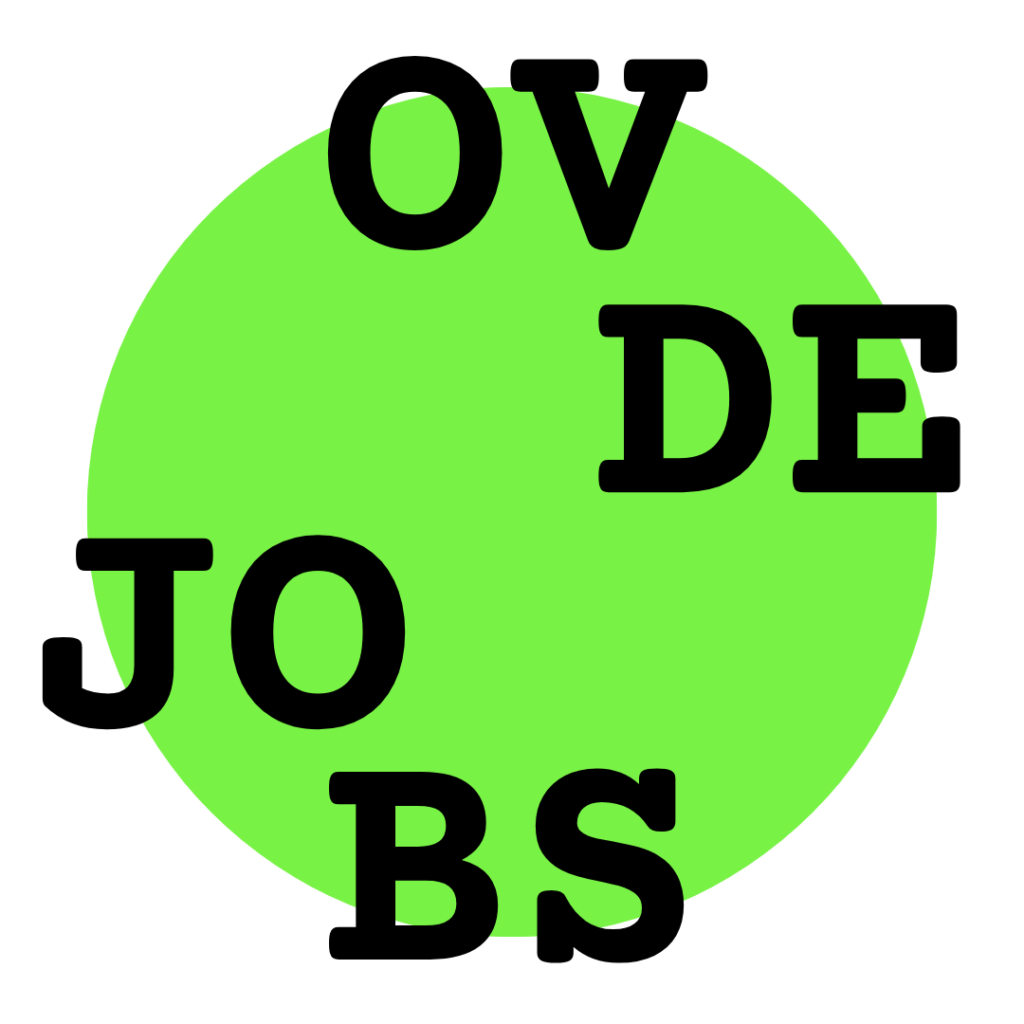Jobs Tips
Professional Test Drive: how to switch careers in 3–6 months and what to realistically expect
Reskilling isn’t about the magic of courses; it’s about fast hypothesis cycles: pick a direction → assemble baseline skills → do 2–3 small projects → land your first task → iterate. In 3–6 months (8–12 hours per week) this is realistic if you stay focused on practice, not endless content consumption. For orientation: official tracks like Google IT Support explicitly promise “job-ready” in 3–6 months (at a normal pace). Below are five tracks that most often work as a “test drive”: IT Support, Manual QA, Customer Support, no-code sites (Webflow/WordPress), and CRM/RevOps via Salesforce Admin. A small recommendation: don’t choose “where they pay more,” choose what you can do for 10 hours a week without inner sabotage.

Table of Contents
How to pick a track
- Enjoy helping people and tweaking settings? Go for IT Support.
- Love digging into details and logic? Manual QA fits.
- Communication is your thing and you want to get to work fast? Look at Customer Support/Tech Support.
- Want a tangible “here and now” result and your first freelance hours? Webflow/WordPress.
- Drawn to systems, reports, and sales processes? Salesforce/CRM Admin is the best “entry” into RevOps.
1) IT Support / Help Desk — a quick bridge into IT
What you do. Handle tickets/chats, set up access, diagnose basic issues, escalate.
Key skills in 3–6 months.
OS (Windows/macOS, a bit of Linux), networking basics (TCP/IP, VPN, DNS), light security, understanding SLA/ITIL, polite technical communication.
Where to study?
- Google IT Support Professional Certificate — official “0 → job-ready” in ~3–6 months.
- Optional — CompTIA A+ as a foundational certification (two exam parts: Core 1 and Core 2).
What about pay in Serbia?
- Belgrade, IT Help Desk / Support: ballpark €815–889 with a median around €762 (HelloWorld data).
Pros/cons.
+ Fast entry, plenty of roles, clear metrics.
– Shifts/routine; income growth needs upskilling (scripts, automations, admin, security).
If you feel “pulled toward investigating problems and hypotheses,” check the next track, Manual QA.
2) Manual QA — “IT without code,” but with brains
What you do. Write test cases, catch bugs, keep reports, discuss priorities with engineering and product.
Key skills in 3–6 months.
Test-design techniques, defect lifecycle, Jira, a pinch of API (Postman) and SQL, precise written communication.
For formalization — ISTQB Foundation (exam: 40 questions / 60 minutes, pass mark 65%).
Where to study?
- Ministry of Testing — great base and guides for newcomers.
What about pay in Serbia?
- Junior QA (countrywide): €789–895, median €812.
- Junior QA (Belgrade): €785–915. (HelloWorld, based on hundreds of anonymous reports.)
Pros/cons.
+ Strong analytical school, many entry-level roles.
– Competition at junior level; English is a must.
If you’re more excited by “talking to people and putting out fires on the line,” look at Customer Support.
3) Customer Support / Tech Support — fast start and growth into adjacent roles
What you do. Chats/email/calls, brand tone of voice, SLA prioritization, basic diagnostics (in Tech Support).
Key skills in 3–6 months.
Systems: Zendesk / Freshdesk / Intercom (agent and basic admin modules), macro templates, de-escalation, English B2+.
Where to study?
- Zendesk Training — free on-demand paths for agents/admins.
- Freshworks (Freshdesk) Academy — base courses for agent/admin.
- Intercom Academy — quick support fundamentals.
What about pay in Serbia?
- In the Customer Support category: ~63k–178k RSD net/month for 80% of the sample (InfoPlate). The range is wide — language and niche matter a lot.
Pros/cons.
+ Easy entry, clear growth (Senior Agent → QA of Support → Team Lead → CSM/RevOps).
– Shift work and stress; income grows through specialization.
Want a tangible visual result and the first money within a couple of months? Consider no-code sites.
4) No-code sites (Webflow / WordPress)
What you do. Landing pages, small sites, fixes, migrations, basic SEO/performance, form integrations.
Key skills in 3–6 months.
Grids/typography, components/classes, accessibility; Figma → Webflow; basic HTML/CSS semantics at the builder level.
Where to study?
- Webflow University (“Webflow 101” and tracks on accessibility/systems).
- Learn WordPress (official courses and tutorials).
What about pay?
- Webflow on Upwork: beginner ~$30/h, average ~$59/h, advanced ~$140/h. Upwork
- WordPress on Upwork: typical corridor $15–28/h (higher for specialized tasks). Upwork
Pros/cons.
+ You can build a portfolio fast and get first orders.
– You’ll need a “shop window”: cases, reviews, profile; high competition.
If you love processes, reports, and sales-team automation — look at CRM/RevOps via Salesforce.
5) Salesforce / CRM Admin (entry into RevOps)
What you do. Configure objects/fields, permissions, reports/dashboards, automations; support marketing/sales; document processes.
Key skills in 3–6 months.
Trailhead paths “Prepare for Admin Credential,” practice in a dev org, typical scenarios (permissions/role model, object model).
What about pay in Europe?
Based on a fresh SalesforceBen guide (2025) for Junior Admin:
- United Kingdom: ~£35.6k; Germany: ~€49k; Spain: ~€30k (gross).
Pros/cons.
+ High skill capitalization, growth into RevOps/consulting.
– Entry barrier in terminology and the exam; first months are theory-heavy.
Where to peek and what to bookmark
- IT Support: Google IT Support (Coursera/Grow with Google), CompTIA A+, ITIL basics.
- QA: ISTQB (exam structure), Ministry of Testing (starter kits).
- Customer Support: Zendesk Training (free), Freshworks Academy, Intercom Academy.
- No-code: Webflow University, Learn WordPress.
- CRM/RevOps: Trailhead “Prepare for Admin Credential,” SalesforceBen (2025 salary report).
You can always find your first job openings on our website to try your hand 💚



